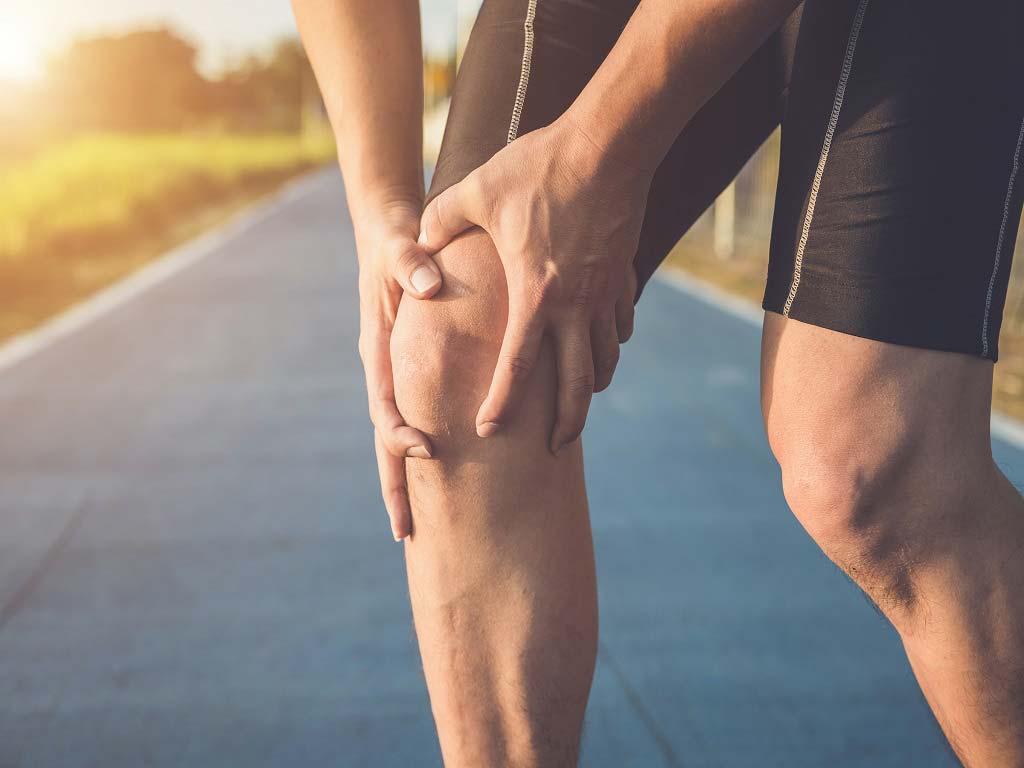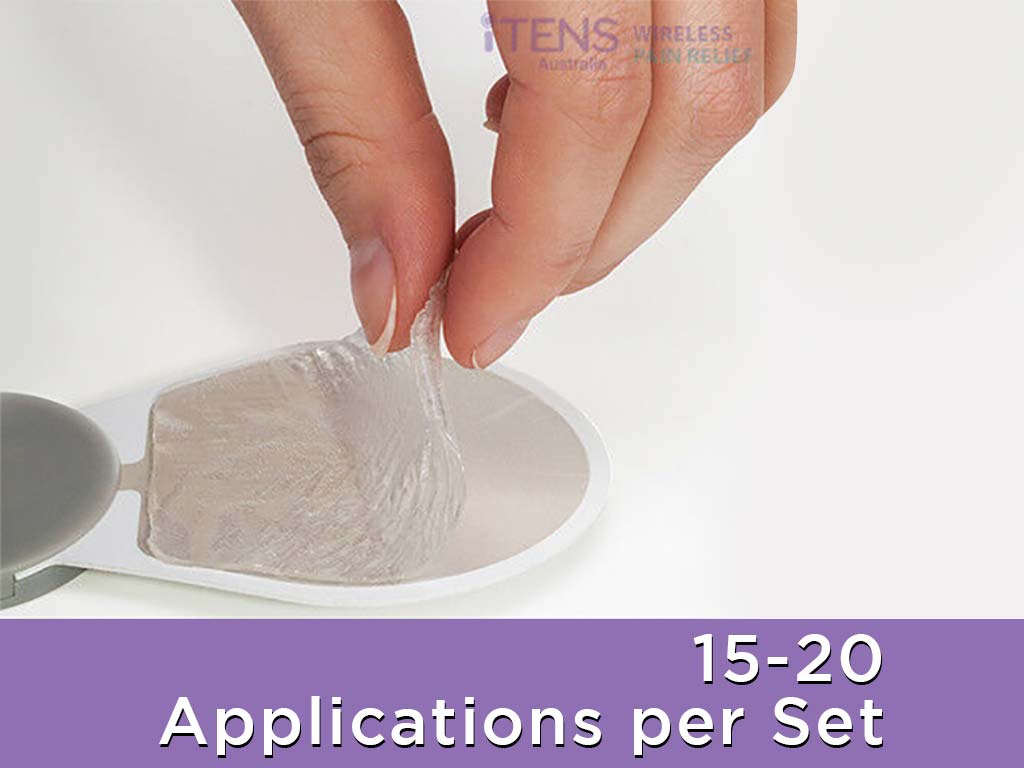
Transcutaneous Electrical Nerve Stimulation (TENS) is widely used in physical therapy and rehabilitation to help manage pain. One of its common uses is for treating Anterior Cruciate Ligament (ACL) injuries. Utilising a TENS unit for ACL rehab can be beneficial for speeding the recovery process. The device sends mild electrical impulses to the affected area, which can help reduce pain and promote healing. It also provides a drug-free and non-invasive method of pain relief.
ACL injuries are frequently seen in athletes and can have significant consequences if not treated correctly. Rehabilitation for ACL injuries often includes exercise, physical therapy, and in some cases, surgical operations. Pain management is an essential aspect of recovery, and a TENS machine can help in this process. The following sections will provide information on using a TENS device for ACL rehab, its benefits, and electrode placement.
What is a TENS Unit for ACL Rehab?
A TENS machine is a portable device that generates small electrical pulses and delivers them through the skin. It uses adhesive electrodes that are placed near the affected area to stimulate the sensory nerves. This causes the nerves to block pain signals from reaching the brain. As a result, the individual experiences temporary knee pain relief. There are two types of TENS units for ACL rehab devices that individuals can use: standard and wireless.
A standard TENS machine has a handheld push-button remote and wires connecting to the gel electrode pads. On the other hand, a wireless TENS machine utilises Bluetooth technology to access a smartphone app. It is popular among individuals who prefer convenient and on-the-go pain management. Nevertheless, both types deliver adequate electrical stimulation.
Moreover, this electrical stimulation unit has adjustable settings to control the strength of electrical impulses. Users can regulate the intensity and frequency based on their pain levels and preferences. This allows for a personalised treatment session and a more comfortable experience during the rehabilitation program.
How It Works
- TENS works based on the Gate Control Theory of Pain. This theory suggests that some nerve fibres in the spinal cord act as “gates” and control the transmission of pain signals. When electrical signals are provided, these neural gates restrict the pain signals travelling to the brain.
- It stimulates the body to produce more endorphins in the brain. These hormones are also known as natural painkillers as they have similar effects to morphine.
- It can improve blood circulation, reduce inflammation, and aid in healing. By increasing blood flow, injured ligaments and tissues receive more nutrients and oxygen, promoting their repair.

Benefits of Using a TENS Unit for ACL Rehab
Using a TENS Unit for ACL rehab offers several benefits. Firstly, it provides drug-free and non-invasive pain relief, which helps patients manage their discomfort without relying on medication. This can be especially helpful in the early weeks after surgery. It also allows people to participate more fully in the rehabilitation process and return to their daily activities sooner.
Secondly, it can accelerate the healing process. By delivering electrical stimulation to the area around the knee joints, the device helps improve blood flow. This is crucial for effective treatment and recovery from ACL reconstructive surgery, as it reduces inflammation. Hence, it supports individuals to progress more quickly in rehab and regain functionality in their knee.
Thirdly, it can energise the motor nerves to induce muscle contractions, which is essential for rebuilding strength and stability in the knee. This can be particularly beneficial when combined with other rehab techniques. For example, resistive exercises or stationary bikes can be integrated to help individuals regain full functionality in the affected area and manage the musculoskeletal conditions associated with ACL injuries.
Are There Potential Side Effects of Using TENS?
While rare, there are some potential side effects associated with TENS. For instance, skin irritation occurs when the electrodes stay on the skin for too long or the electrical stimulation is too strong. It might cause redness, itching, or a burning sensation on the skin where the self-adhesive electrodes are.
Another potential side effect is muscle spasm. This can be uncomfortable. In addition, spasms may lead to muscle soreness or fatigue after the TENS treatment. It is essential to adjust the TENS settings carefully. If these symptoms persist, consulting with a healthcare professional is advisable.

Electrode Placement When Using a TENS Unit for ACL Rehab
To begin ACL rehab using a TENS unit, it is necessary to place the electrodes on the skin well. The first electrode should be on the muscle belly of the quadriceps, which is on the front of the thigh. The second electrode should be just above or below the kneecap, targeting the patellar tendon.
When placing the electrodes, it is crucial to ensure the skin is clean and dry. It is advisable to use gel pads or electrode spray to improve the conductivity between the electrodes and the skin. Additionally, check the positioning of the electrodes to ensure they are not directly over bony areas.
Regularly assess the skin for any signs of irritation or discomfort during and after TENS unit use. Adjust the placement if necessary to ensure comfort and effectiveness. Moreover, monitor the condition of electrodes and replace them promptly when they wear out. Following these guidelines for electrode placement will help optimise the benefits of using a TENS unit for ACL rehab.
How to Operate the Device
To start treatment, place the electrodes on the skin around the area of pain or injury. Then, turn on the TENS unit and adjust the settings. Start with a low intensity and gradually increase the level as needed. Individuals may use the TENS machine for knee pain for at least 30 minutes but not more than one hour.
After the session, turn off the unit before removing the electrode pads. However, individuals who need longer treatments may continue with the therapy after 20 minutes or at regular intervals. Always remember to follow the instructions of a doctor or physical therapist.
Conclusion
In conclusion, using a TENS unit for ACL rehab offers a drug-free, non-invasive way to manage pain and accelerate healing. Delivering electrical stimulation helps reduce discomfort, improve blood flow, and promote muscle contractions crucial for rebuilding strength. With adjustable settings for personalised treatment, individuals can actively participate in their recovery, returning to daily activities sooner. TENS units serve as valuable tools in ACL rehabilitation, aiding individuals in regaining functionality and mobility in their knee joints.
For effective ACL rehab using a TENS unit, proper electrode placement and operation are crucial. Place electrodes on the quadriceps and around the kneecap, ensuring clean, dry skin and avoiding bony areas. Regularly monitor skin for irritation and adjust placement as needed. When operating the device, start with low intensity and gradually increase, staying within comfort limits. Treat for 30 minutes to one hour. Remember to turn off the unit before removing the electrodes.




















